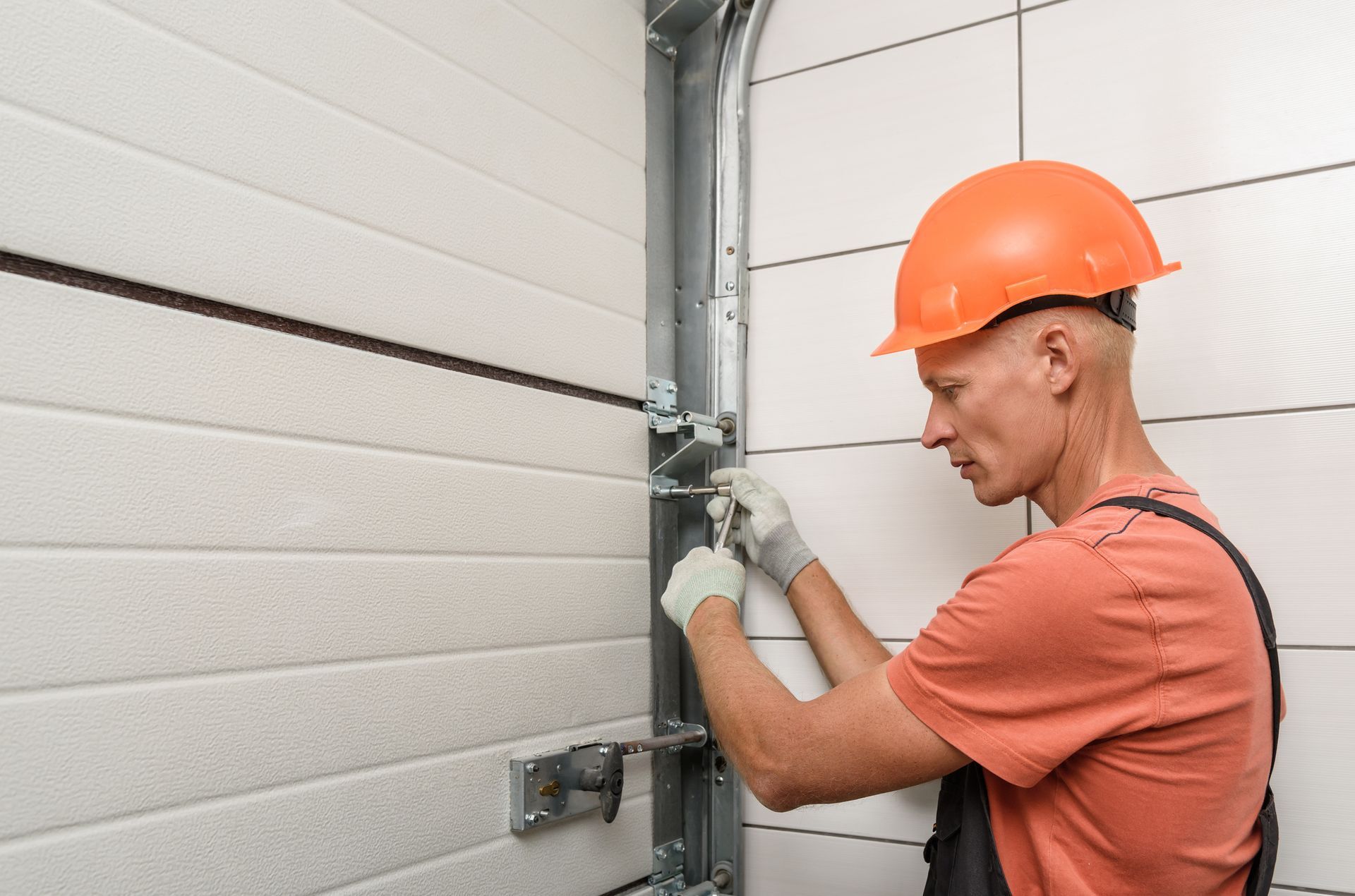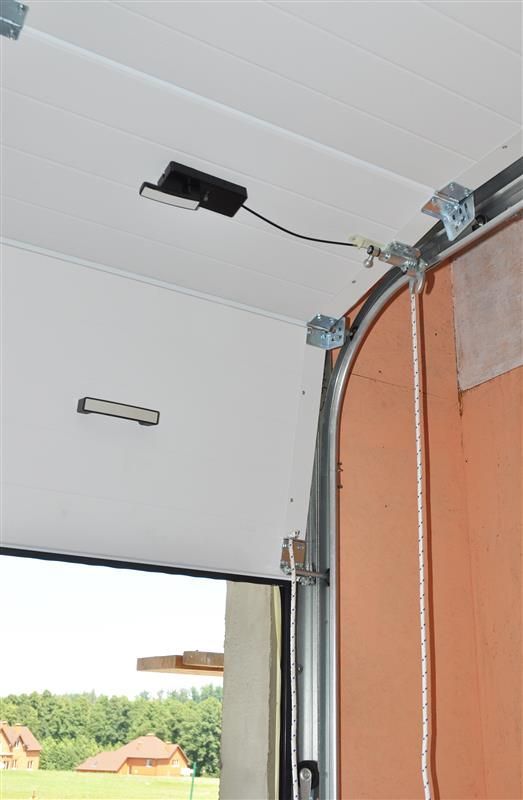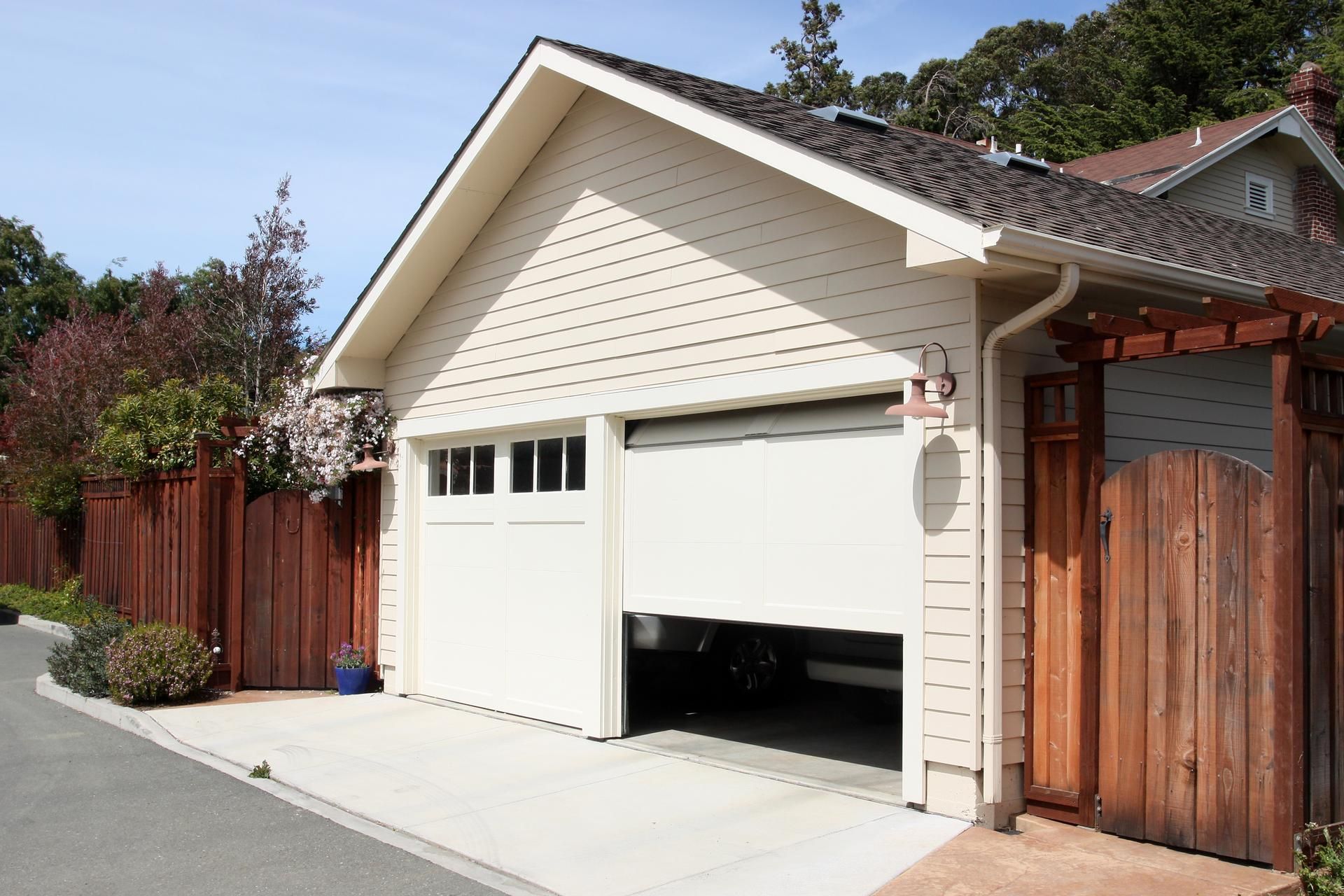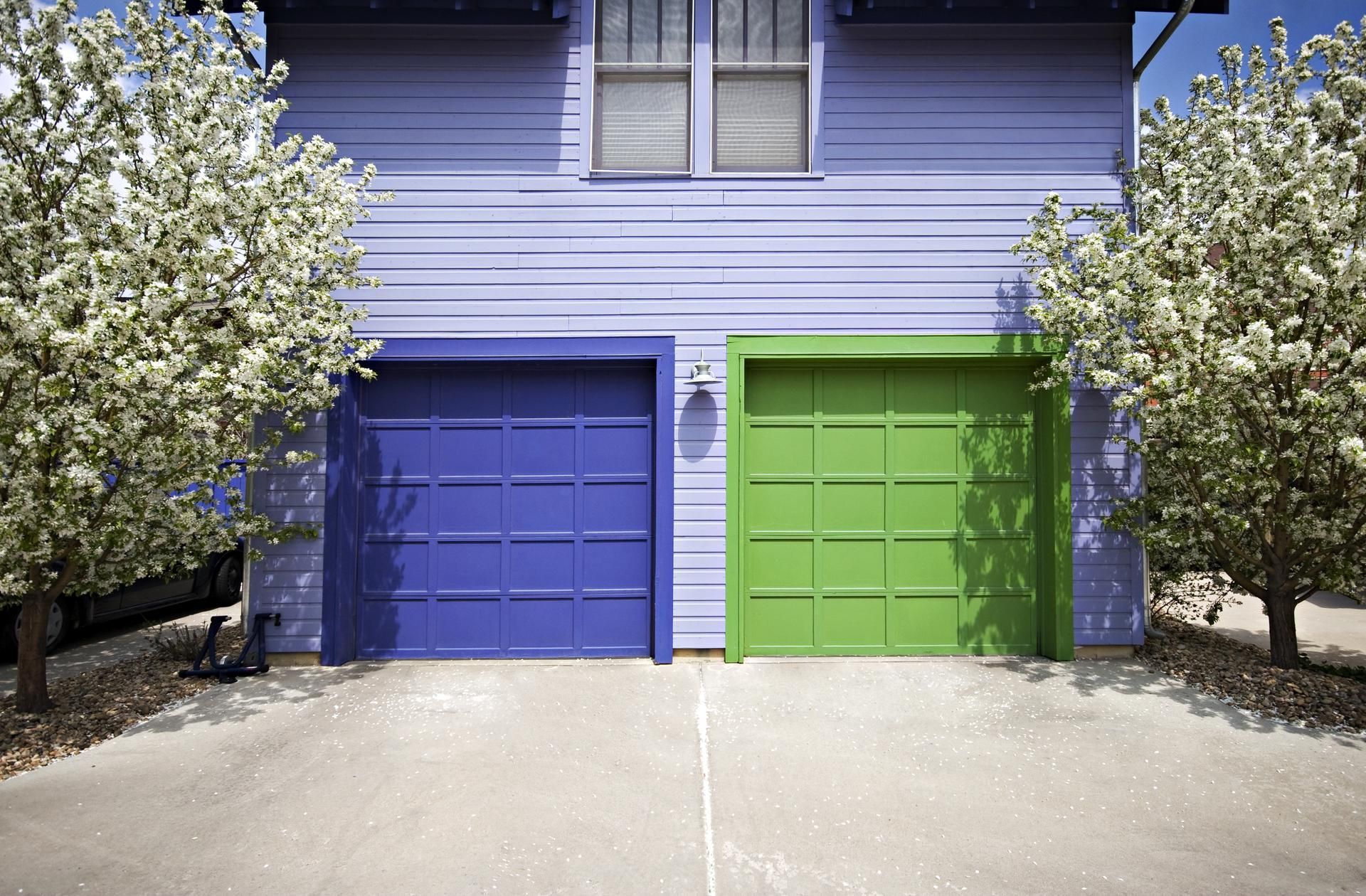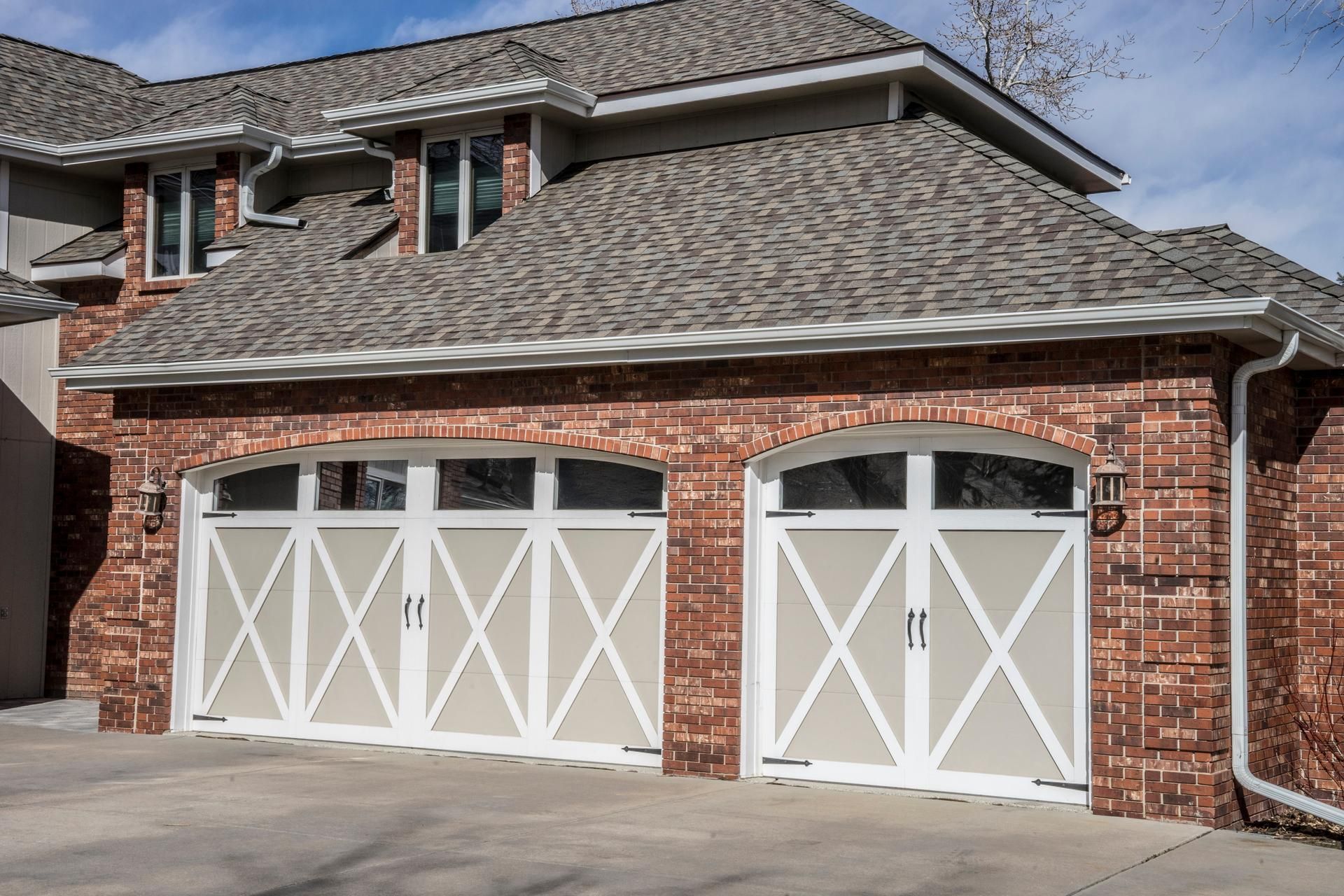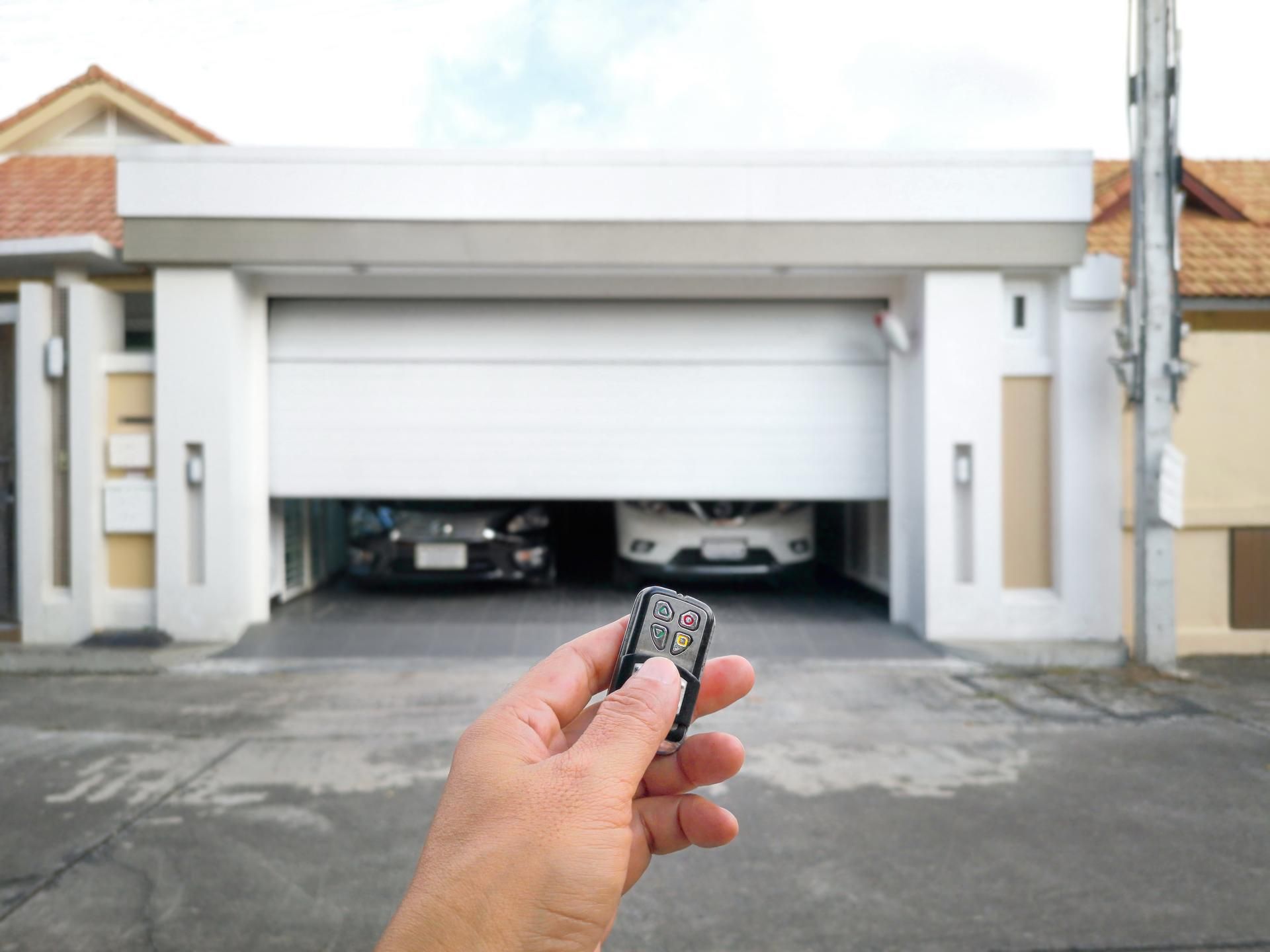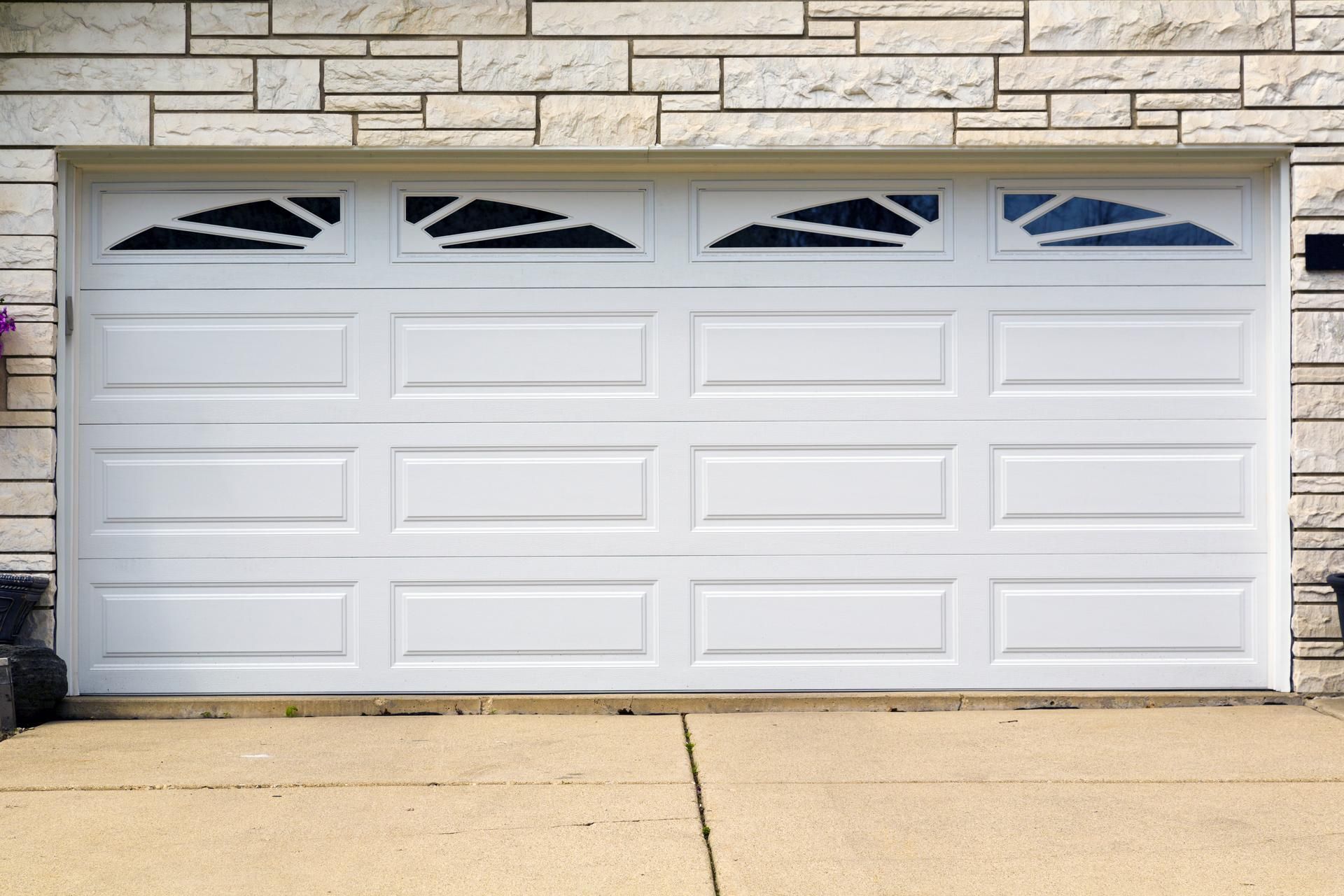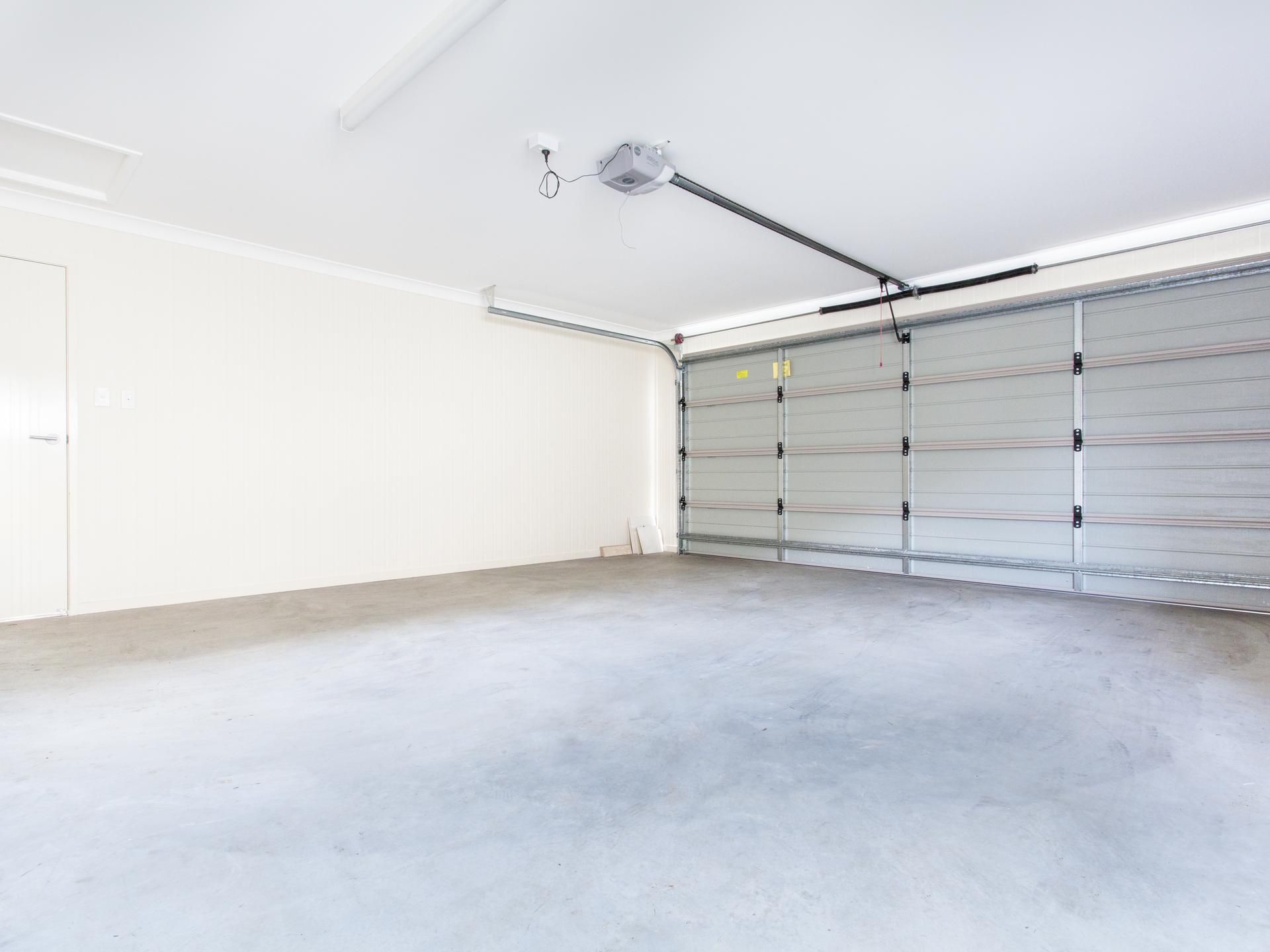A Complete Guide to Weatherproofing Your Garage Door
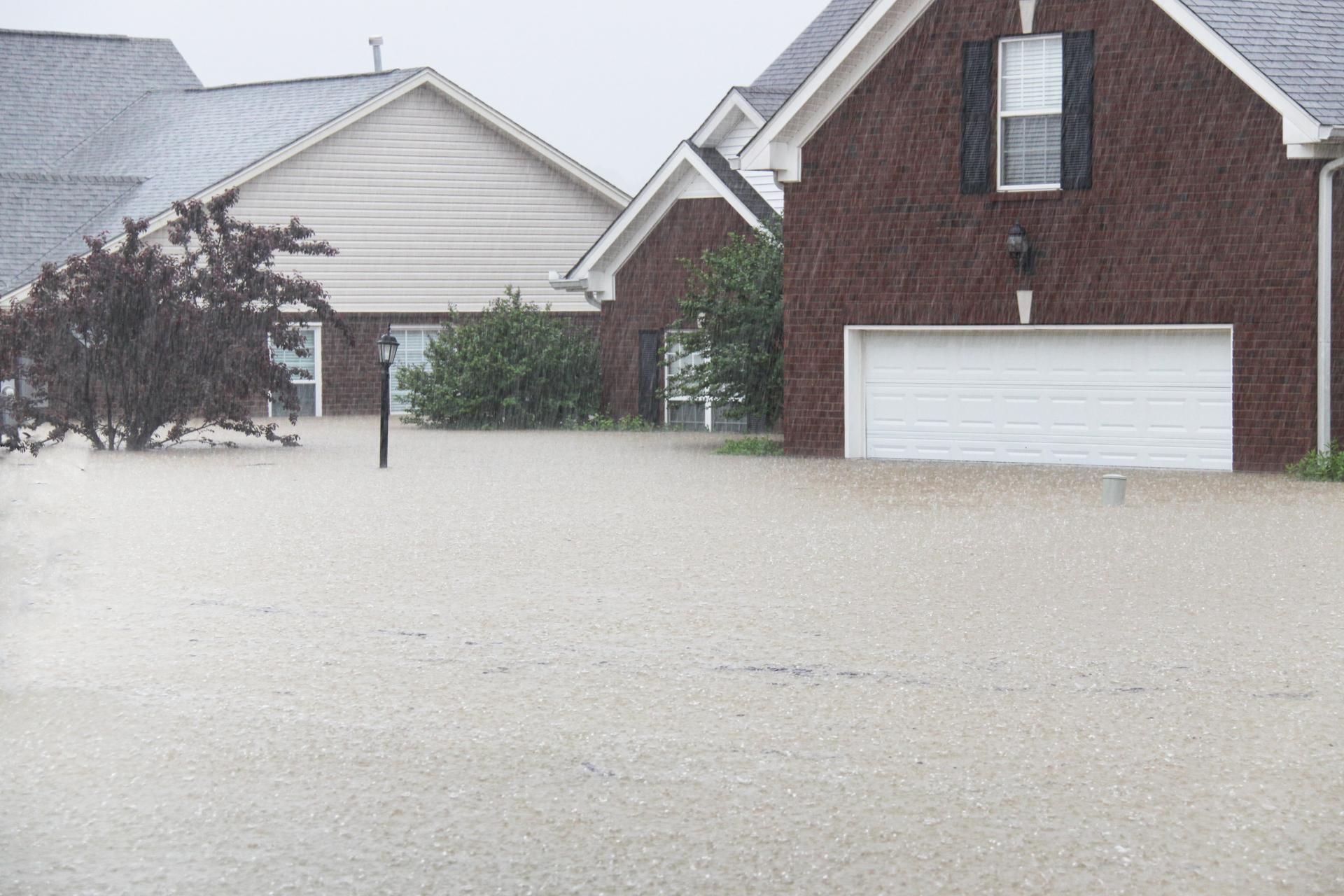
Your garage door is one of the most essential components of your home—protecting your vehicles, tools, and other valuables from the elements while contributing to overall energy efficiency. However, without proper weatherproofing, garage doors can become vulnerable to water damage, drafts, and temperature fluctuations, potentially leading to costly repairs. Weatherproofing your garage door is a simple but impactful way to protect your investment and maintain a comfortable home environment.
Why Weatherproofing Matters
Weatherproofing prevents harsh outdoor conditions from infiltrating your garage, which can have broader impacts on your home's comfort and energy efficiency. During winter, an unsealed garage door allows cold air to enter, which can make your heating system work harder to maintain indoor temperatures. Similarly, in the summer, excessive heat can seep in, raising cooling costs. Additionally, without proper weatherproofing, rainwater can leak into your garage, leading to moisture buildup, rust, and even mold growth. Addressing these issues early not only preserves the condition of your garage but can also save you money on utility bills.
Inspecting Your Garage Door for Gaps and Damage
The first step to weatherproofing is conducting a thorough inspection of your garage door. Check for visible gaps around the edges and inspect the surface of the door for signs of wear or damage. Pay particular attention to the bottom seal, as it’s the most vulnerable area for drafts and moisture. Look for cracks, tears, or worn-out materials in weatherstripping, as these can significantly compromise the door's ability to keep your garage sealed against the elements. Additionally, examine the fit of the door within its tracks. Over time, doors can become misaligned, creating gaps that allow airflow and water. If you notice any significant alignment issues, it may be necessary to adjust the tracks or consult a professional for repairs.
Installing or Replacing Weatherstripping
Weatherstripping acts as a barrier, sealing the edges of your garage door to block out drafts, moisture, and debris. If your current weatherstripping is worn or missing, replacing it is a crucial step in weatherproofing. Start by removing the old material, cleaning the surface to remove debris, and attaching the new weatherstripping with adhesive or screws. Ensure it forms a tight seal without being overly compressed, which can interfere with the door’s functionality. Don’t forget to replace the bottom seal. A durable rubber or vinyl bottom seal will compress against the floor to create an effective barrier. This step is especially essential for homes in areas prone to heavy rain or snow.
Sealing Around the Garage Door Frame
While the door itself may be sealed, gaps around the frame can still allow drafts and moisture to creep in. Using a high-quality caulk, seal any cracks where the garage door frame meets the wall. Be sure to use a weather-resistant and waterproof caulking material to ensure long-lasting durability.
Maintaining Your Garage Door for Long-Term Protection
Preventative maintenance is key to ensuring your weatherproofing efforts last. Check the weatherstripping periodically to ensure it hasn’t become cracked or loose. Clean dirt and debris from the seals and tracks to maintain a proper fit. Additionally, inspect the alignment of the door and lubricate its hinges and rollers to keep it functioning smoothly.
A Weatherproof Garage Door for Comfort and Efficiency
By taking the time to weatherproof your garage door, you’ll not only protect the items stored inside but also contribute to a more energy-efficient home. Whether you’re replacing weatherstripping or sealing cracks, each step enhances the barrier between your garage and the elements. These measures provide peace of mind, knowing that your garage is better equipped to withstand weather conditions and keep your home comfortable year-round.
For more info about this, contact us at Edgemont Garage Door Service.

Contact Information
Tel: (562) 920-1420
3284 East Willow ST. Signal Hill, CA 90755
- Mon - Thu
- -
- Friday
- -
- Sat - Sun
- Closed
Browse our website

Contact Information
Tel: (562) 920-1420
3284 East Willow ST. Signal Hill, CA 90755
- Mon - Thu
- -
- Friday
- -
- Sat - Sun
- Closed





